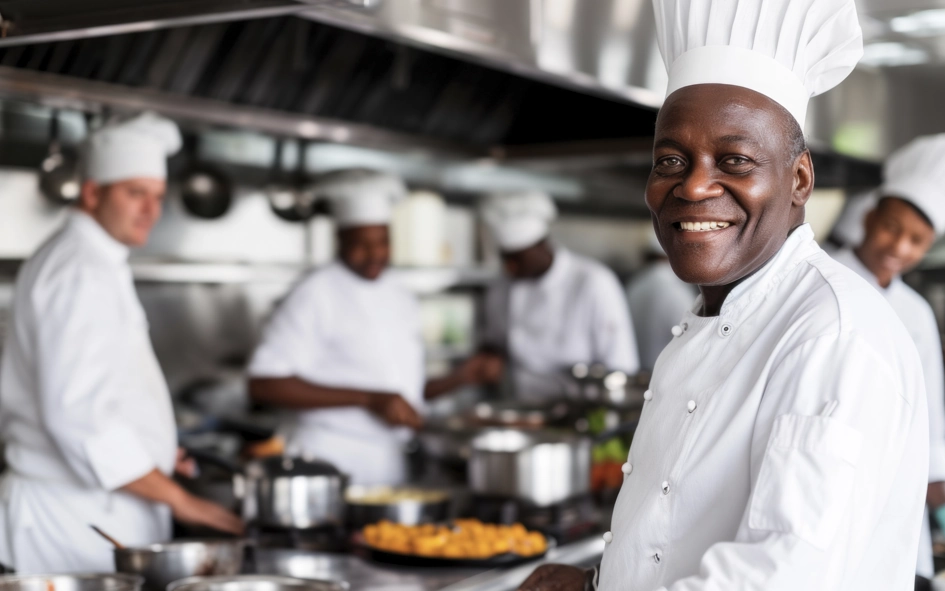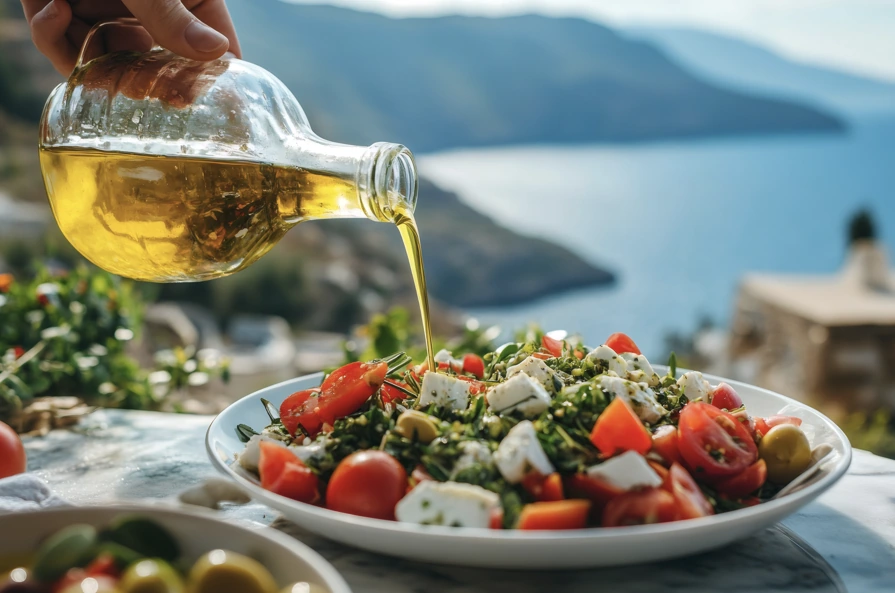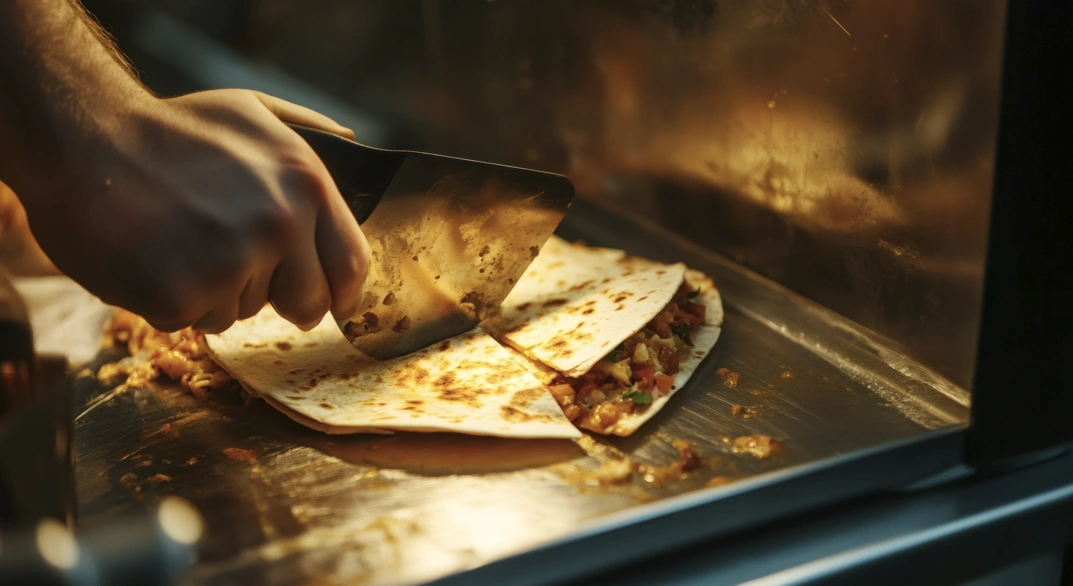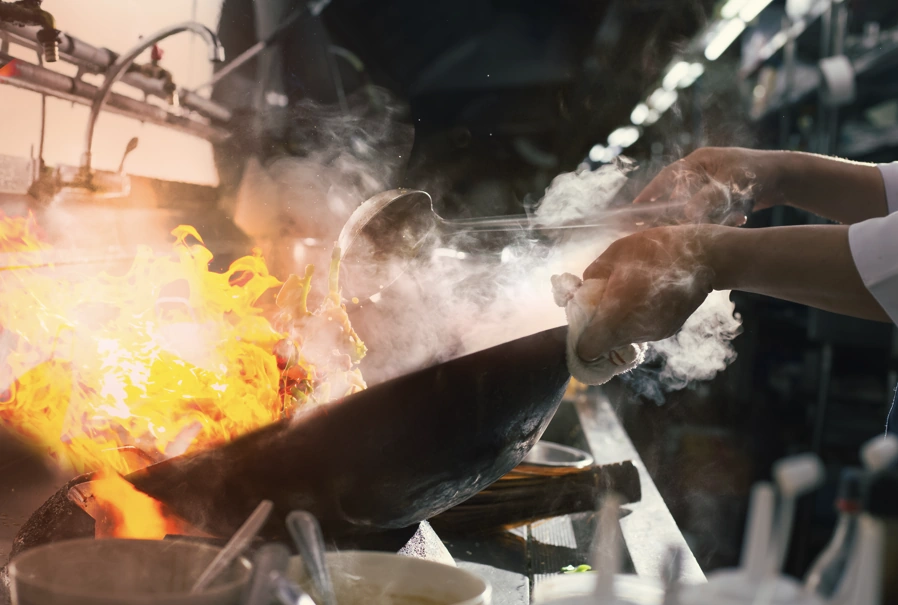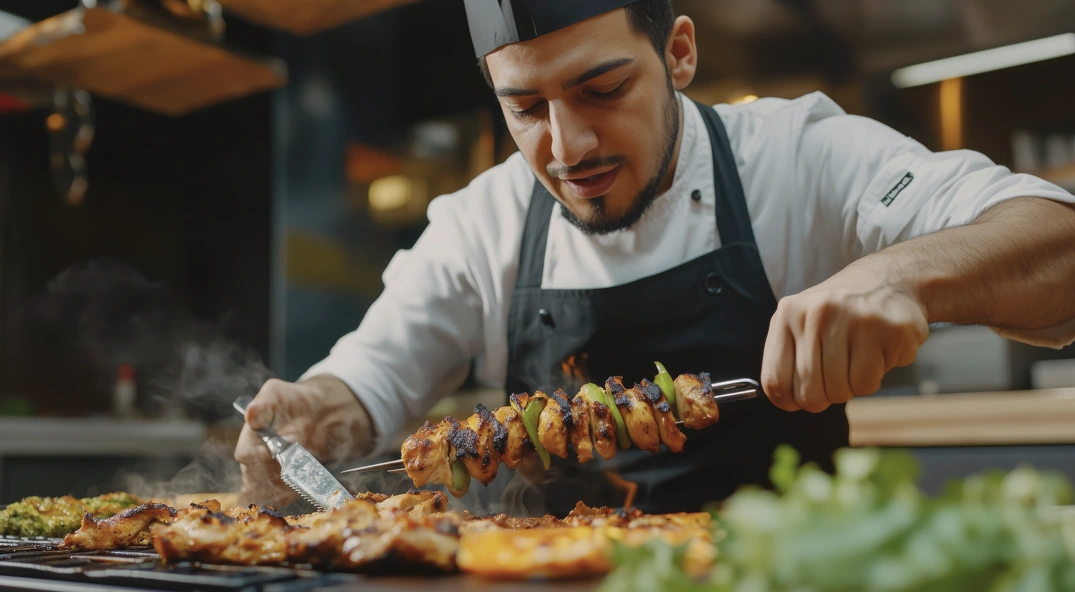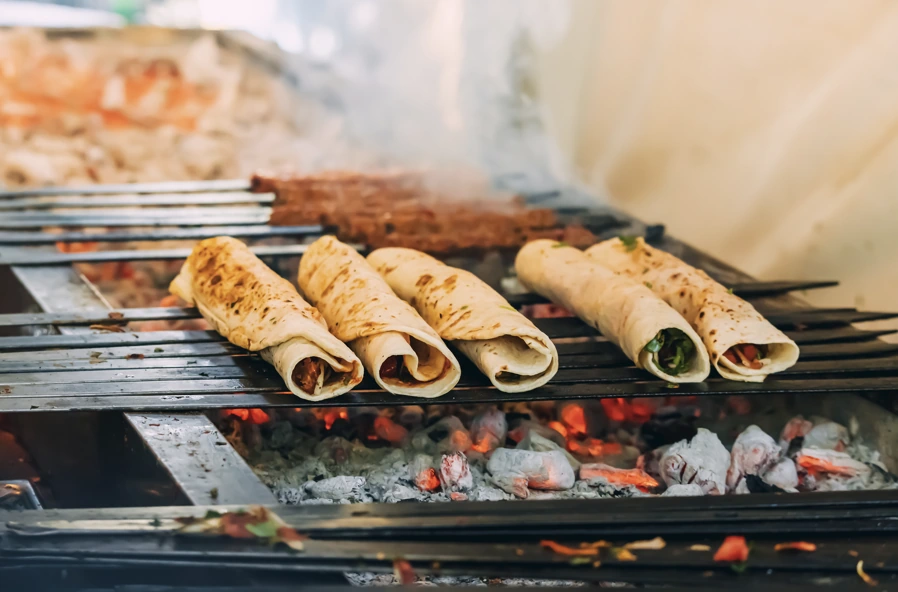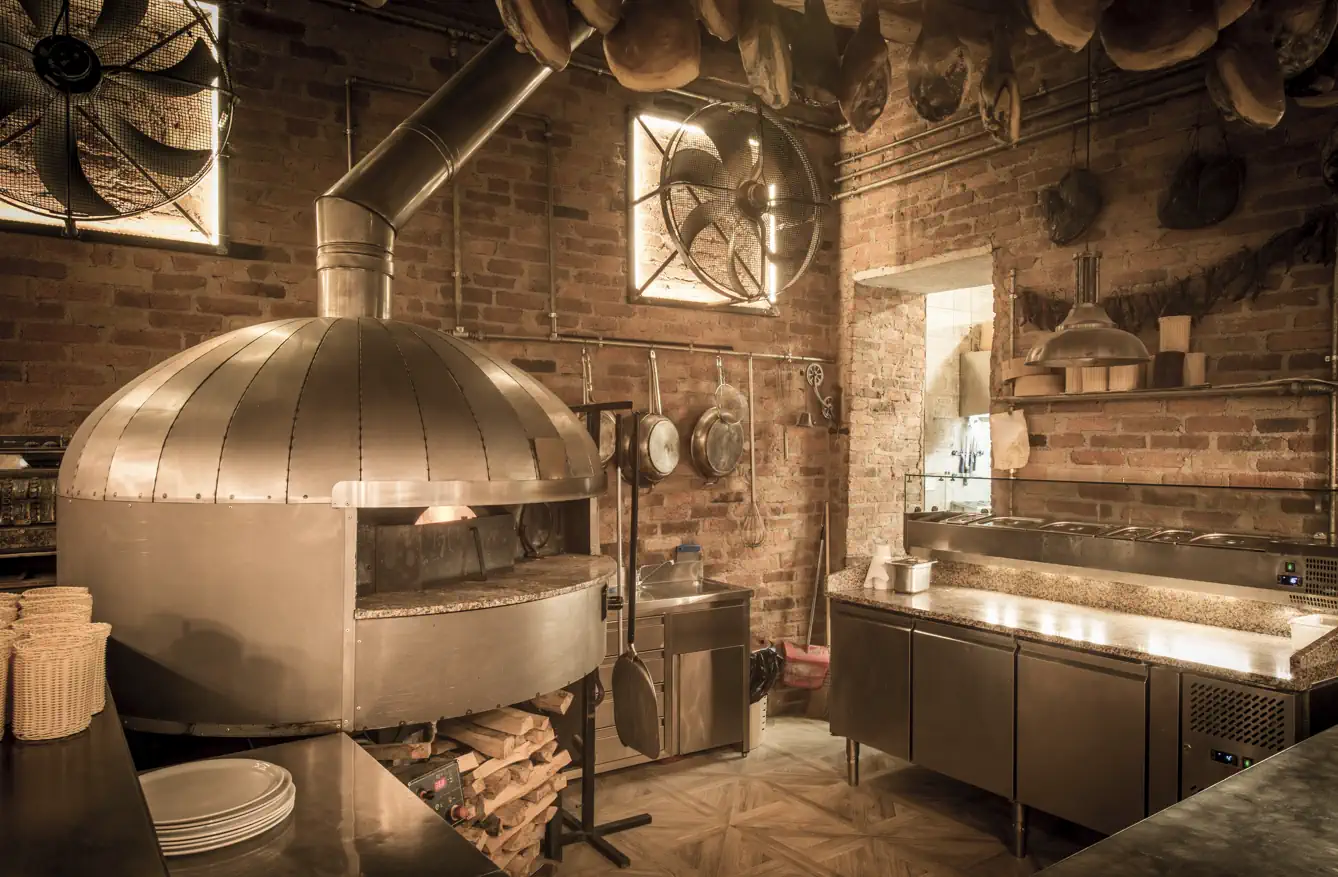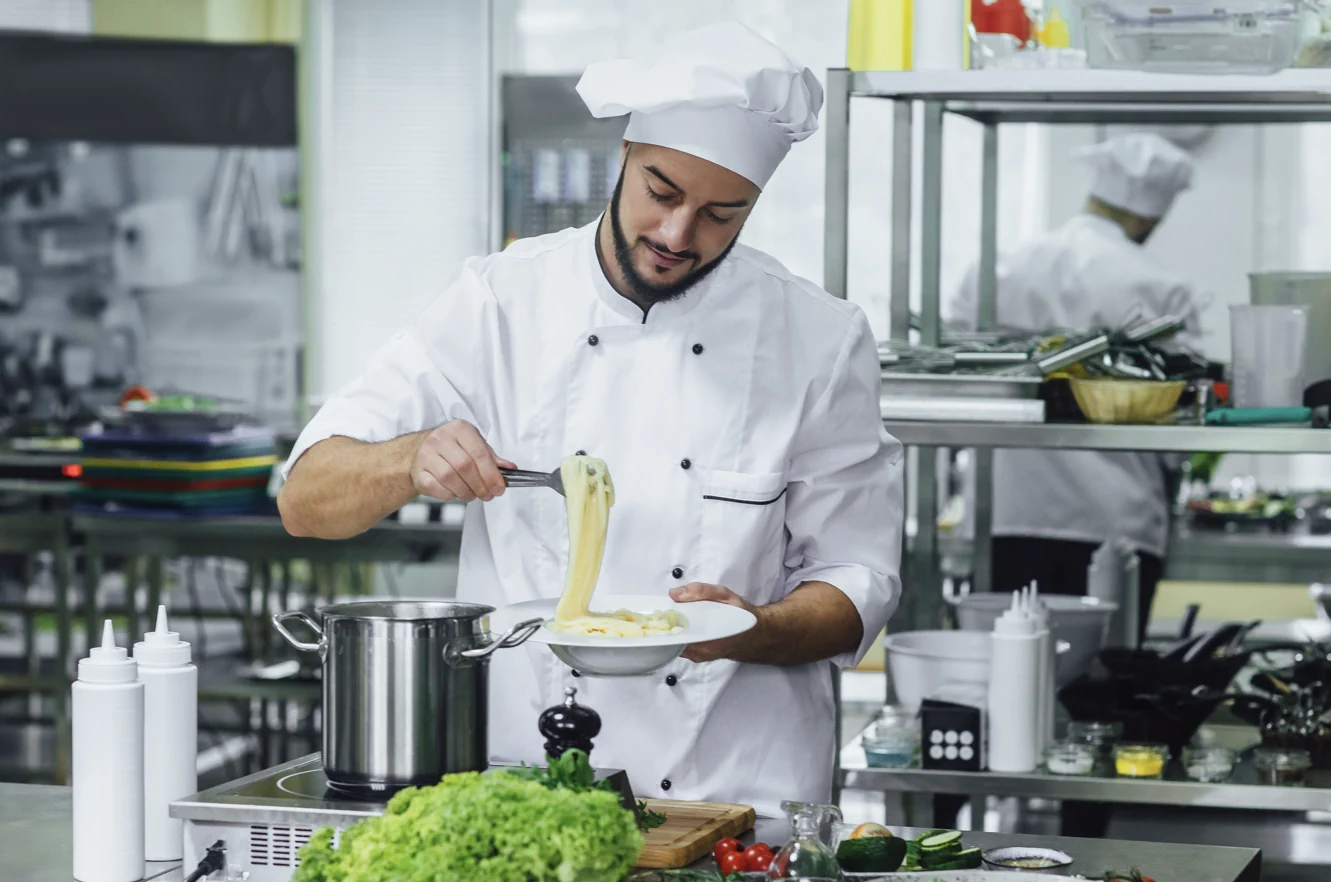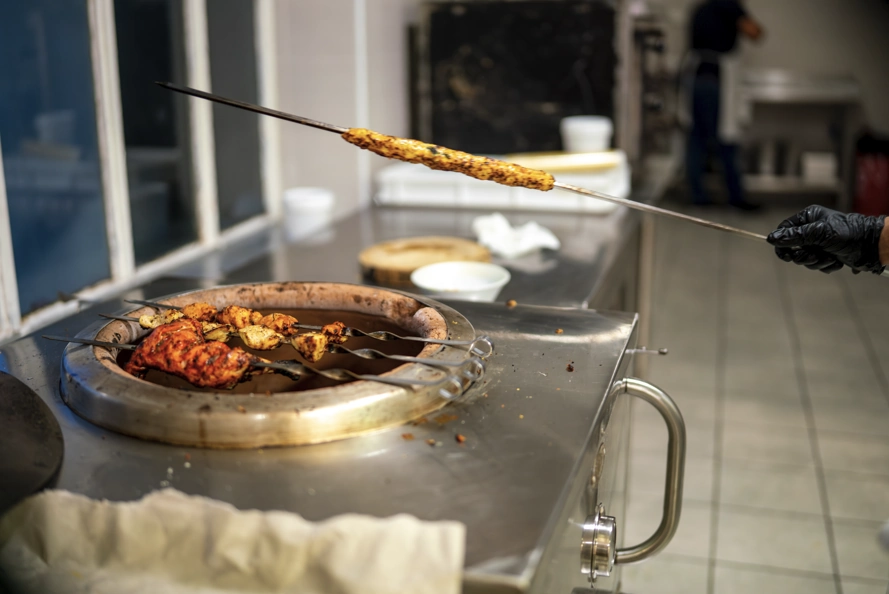
- Home
- Japanese Restaurant Kitchen Projects – Built in Turkey, Designed for Precision
Ethnic & Regional Restaurant Kitchens
Japanese Restaurant Kitchen Projects – Built in Turkey, Designed for Precision
From Tokyo to Istanbul – What Real Japanese Kitchens Demand
We been inside enough sushi bars, ramen joints, and teppanyaki counters to know — Japanese kitchens don’t mess around. It’s not just about elegance, it’s about exactness. From blade angles to broth simmer times, the entire kitchen lives on timing, respect, and precision. And trust us — you feel it when it’s done wrong.
As a turnkey kitchen contractor and leading commercial kitchen manufacturer in Turkey, we’ve worked with contractors, consultants, kitchen designers, procurement managers, and facility teams across 40+ countries to bring authentic Japanese foodservice operations to life. Whether you’re building a sushi train in Sydney or a ramen house in Dubai, we’ve designed kitchens that honor the flow, freshness, and front-of-house rituals of Japanese cuisine — not just the menu.
Because a true Japanese kitchen doesn’t start with equipment. It starts with philosophy.
What Makes Japanese Kitchens So Unique?
You can’t fake precision. And in Japanese kitchens, everything is designed down to the millimeter.
- Sushi prep zones need near-zero vibration and perfect lighting.
- Ramen boiling requires fast drain access, double-tank boilers, and backup heat.
- Teppanyaki stations must balance visibility, safety, and smoke extraction.
- Rice handling involves humidified drawers, washing sinks, and portion control.
The workflow isn’t Western. It’s not “station-based.” It’s sequence-based. From the knife drawer to the chopstick holder, every detail counts.
Turkey-Built Solutions for Japanese Restaurant Operations
You want a sushi bar that feels Kyoto but functions globally? That’s our lane.
🇹🇷 Manufactured in Turkey, built for global kitchens
🔪 Custom sushi counters with GN-compatible refrigeration
🔥 Teppanyaki tables with safe FOH ventilation
🍜 Noodle boilers, CE-certified, with auto-starch discharge
🧊 Refrigerated sushi showcases for FOH fish display
Full kitchen layout drawings, utility diagrams, BOQs
We don’t ship catalogs. We ship readiness.
Precision Design Hacks – Expert Tips for Japanese Kitchen Success
You don’t need luck. You need this:
- Never place sushi prep behind a hot station — raw fish don’t like it.
- Use low-noise compressors under sushi bar — guest experience matters.
- Always keep soba/rice sink near the rear door to avoid FOH mess.
- Teppanyaki should be center-lit — shadow kills show.
- Put your miso soup station closer to pass, not the broth area.
- Color-code your knives – sashimi vs veggie, never mix.
- Add foot pedals at wash stations – hygiene is a silent rule here.
Want all this mapped for your kitchen? 📩 Let’s talk — we’ve drawn dozens.
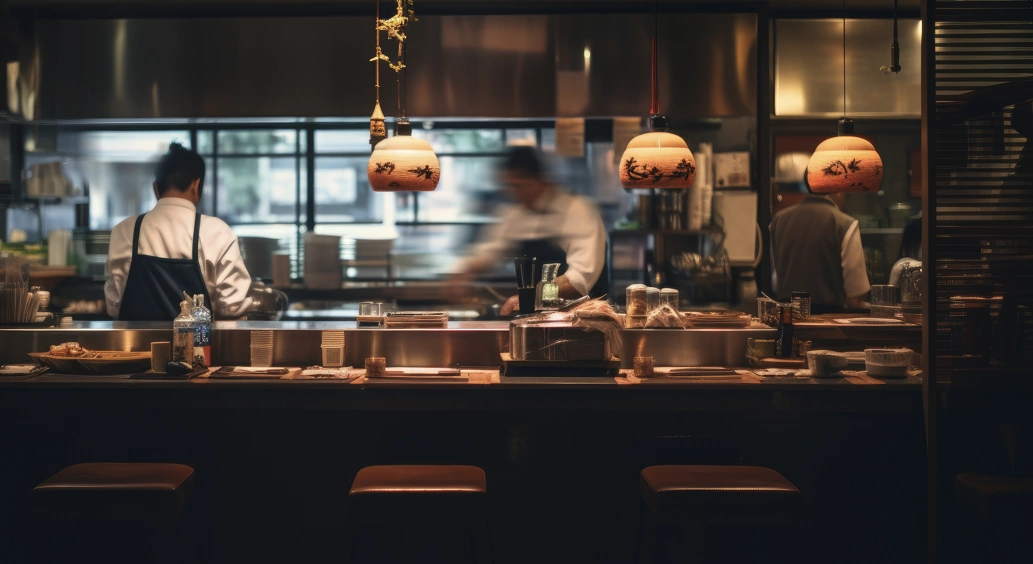
🍜 Layout Scenarios – Sushi, Ramen & Teppanyaki Concepts Compared
Different Japanese concepts = different flow models:
- Sushi Bar:
- Linear layout
- Cold zone dominance
- Direct interaction with guest
- Ramen House:
- Heat-dominant
- Broth station, noodle boiler, pass-through
- Quick turnover speed
- Teppanyaki Grill:
- FOH-based
- Ventilation-intensive
- Multi-guest engagement
Each layout includes our MEP-ready drawings and equipment placement plans.
🔧 Equipment Table & Recommended Combinations for Japanese Cuisine
Equipment | Purpose | Export Notes |
Sushi Bar Counter | Prep + FOH Service | With GN chillers |
Teppanyaki Grill Table | Guest-side Cooking + Display | CE-certified |
Noodle Boiler (2–4 tank) | Ramen, Soba, Udon Cooking | Auto drain + refill |
Rice Drawer | Warm Rice Holding | Humidified + electric |
Sushi Showcase | Fish Display & Prep | Rear access + LED |
🔥 FOH Teppanyaki & Sushi Counter Integration
Sushi isn’t a secret. Teppanyaki ain’t backstage.
- Custom countertops with induction or gas teppan
- LED lighting to highlight chef’s motion
- Tempered glass partition for safety and show
- Rice drawer with humidifier below sushi board
We design this to feel like theater. And work like a machine.
🧊 Cold Zone Planning for Raw Fish Safety & Freshness
This ain’t salad. This is raw seafood.
- Dual-layer insulation in undercounter fridges
- Top-display sushi showcases, rear-serviced
- Zoned fish cutting boards, antibacterial-coated
- Temp tracking sensors synced with HACCP apps
Freshness is logistics. Not luck.
🛠️ Utility & Infrastructure Planning for Japanese Kitchens
Small mistakes ruin service. We been seen it.
- Floor slope toward noodle boiler
- Drain proximity to sink + prep
- Dedicated exhaust for teppanyaki
- Low-splash tap design near rice soak zones
- High amp sockets for rice cookers & warmers
Each plan delivered with full MEP and load sheet.
📦 OS&E Matching – Japanese Cuisine Service Essentials
We speak rice paddle. You don’t have to.
- Sake bottles, trays & warmers
- Sushi boards & domes
- Noodle bowls, miso soup sets
- Ginger ramekins, chopstick holders
- Wasabi trays & soy bottles
And yeah, all labeled in BOQ with sourcing codes.
🧼 Clean Zones & Equipment Hygiene – Japanese Standard
- Zoned knife storage – magnet wall or coded drawers
- Color-tagged cutting boards
- Antibacterial sink surfaces
- Steam-based surface sanitizers for high-turn stations
- Daily flow maps for dish return and cleaning
Hygiene in Japanese kitchens ain’t policy — it’s culture.
🍶 Japanese Serving Rituals & Front-of-House Equipment Design
Japanese dining isn’t fast. It’s intentional.
- Sake serving counters with hot/cold dual options
- Tray return systems integrated in sushi bar
- Wagyu beef carving blocks for theatrical service
- Chopstick rest trays & clean utensil holders
We match FOH design with tradition — no plastic, no shortcuts.
FAQ – Japanese Restaurant Kitchen
Do you build custom sushi bars with undercounter chillers?
Yes, all GN-compatible and CE-approved.
How do you handle noodle boiler drainage?
Sloped floors + fast drain + backflow prevention.
What’s the typical size for a 20-seat ramen kitchen?
Roughly 25–30 m², depends on your menu.
Do you include utility maps and BOQs?
Every project gets full technical + commercial docs.
What Operators Say & Get Your French Japanese Project Quote✨


